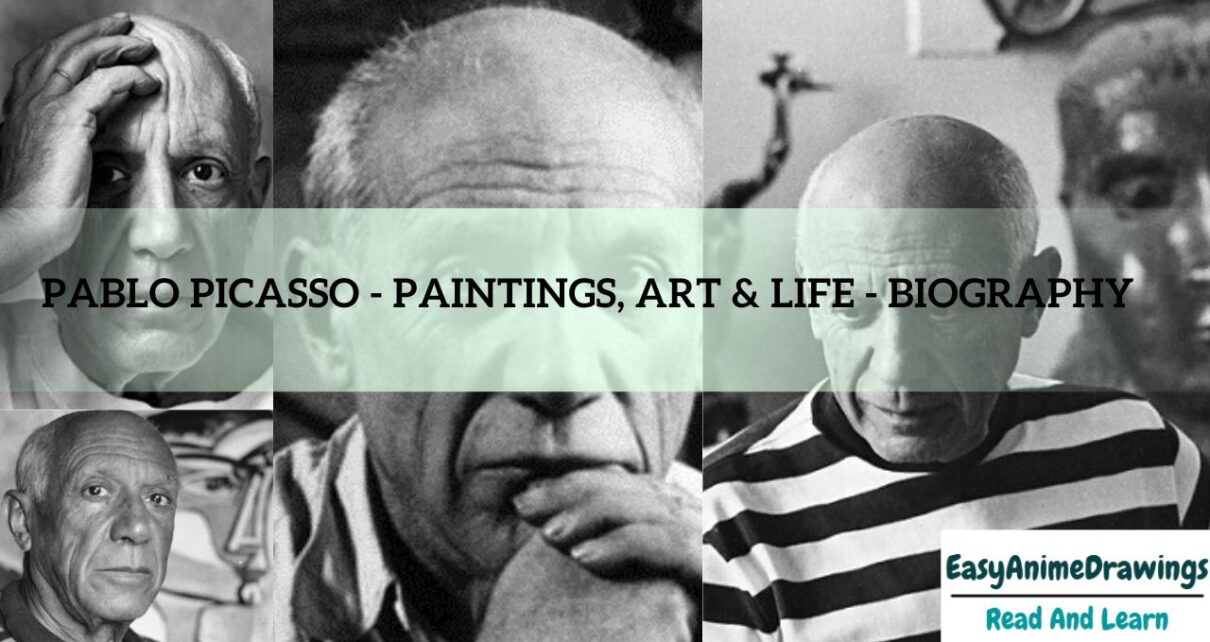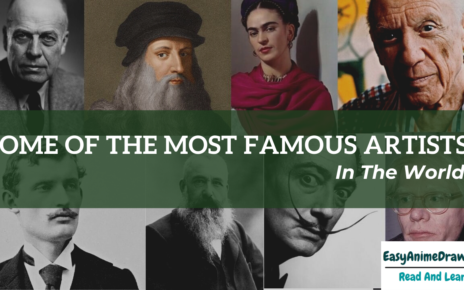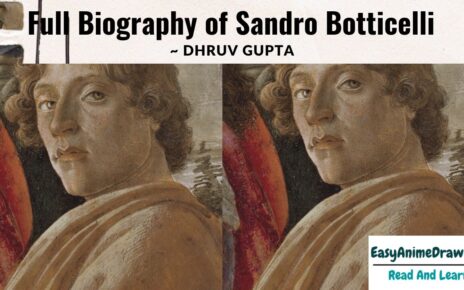Pablo Picasso – Paintings, Art & Life – Biography
Spanish Artist
Pablo Diego José Francisco de Paula Juan Nepomuceno Crispín Crispiniano María Remedios de la Santísima Trinidad Ruiz Picasso, Pablo Ruiz, Pablo Ruiz Picasso

Pablo Picasso, fully Pablo Diego José Francisco de Paula Juan Nepomuceno Crispín Crispiniano María Remedios de la Santísima Trinidad Ruiz Picasso, formerly called (before 1901) Pablo Ruiz or Pablo Ruiz Picasso, (born October 25, 1881, April 30, 1881 – 8, 1973, Mougins, France), Spanish painter, sculptor, painter, ceramicist, and stage designer, one of the greatest and most influential artists of the 20th century and the creator (and Georges Braque) of Cubism.
TOP QUESTIONS
- What are Some of Picasso’s Most Famous Pieces?
- Why is Picasso Important?
- How Great is Picasso’s Art?
- What was Picasso’s Family Like?
- What is Picasso’s Full Name?
The central theme of Picasso’s work is still alive and well, and the myth continues to fade — a reminder of the life of a “frustrated” Spaniard with “stinging” eyes who believed in the myth that work could keep him alive. For nearly 80 years in 91, Picasso devoted himself to the production of art that played a significant role and coincided with all modern art development in the 20th century.
Health and Work
The Early Years

Pablo Picasso was the son of José Ruiz Blasco, a professor of art, and Maria Picasso López. His extraordinary painting ingenuity began to manifest at the beginning of the 10th century when he became a student of his father in A Coruña, where the family moved in 1891.
From then on, his ability to explore what he was learning and develop new descriptive techniques allowed him to surpass his father’s skills. In A Coruña, the father passed his wishes on to his son, giving him models and supporting his first show when he was 13 years old.
The family moved to Barcelona in the fall of 1895, and Pablo enrolled in a local art school (La Llotja), where his father took his last position as professor of art. The family had hoped that their son would succeed as a painter, and by 1897 his reputation in Spain finally seemed natural; that same year, his painting Science and Charity, whose father was a model doctor, was awarded a prestigious award in Madrid at the Fine Arts Exhibition.
The Spanish capital was the next obvious step for a young artist who aimed to gain the recognition and fulfilment of family expectations. Pablo Ruiz rightly travelled to Madrid in the fall of 1897 and entered the Royal Academy of San Fernando.
But learning the ins and outs of stupidity, he spent more and more time recording his own life. In restaurants, on the streets, in brothels, and in Prado, where he found Spanish paintings. He wrote: “The Art Gallery is beautiful. Velázquez first class; from El Greco’s beautiful heads, Murillo does not satisfy me in all his photos. “
The works of those and other artists will capture Picasso’s imagination at different times during his long career. Goya, for example, was a musician whose works Picasso was copied from Prado in 1898 (portrait of bullfighter Pepe Illo and Caprichos painting, Bien tirada está, depicting Celestina [buyer] inspecting socks.).
Those same characters reappeared in his late work — Pepe Illo in a series of recorded texts (1957) and Celestina as a voyeuristic self-portrait. Especially in the series etchings and recordings known as Suite 347 (1968).
Picasso became ill in the spring of 1898 and spent most of his year in the Catalan village of Horta de Ebro with his Barcelona friend Manuel Pallarès. When Picasso returned to Barcelona in early 1899, he was a changed man: he had lost weight; he had learned to live in an open area; he spoke Catalan; and, most importantly, he had decided to drop out of his art school training and reject his family plans for his future.
He even began to show a limited selection of his mother’s surname and often signed his works P.R. Picasso; he had abandoned Ruiz entirely by the end of 1901.
In Barcelona, Picasso walked between a circle of Catalan artists and writers with their eyes fixed on Paris. Those were his friends at the Els Quatre Gats restaurant (“The Four Cats,” named after Chat Noir [“The Black Cat”] in Paris), where Picasso had his first Barcelona show in February 1900, and it was a series of themes. There are 50 images (in mixed media) on display.
In addition, there was a black, flexible “modernista” painting, Last Moments (later painted above), depicting a priest’s visit to the bedside of a terminally ill woman. a work received in the Spanish part of Exposition Universelle Paris that year.
Eager to see his work in the area and see firsthand Paris, Picasso went with his studio partner Carles Casagemas (Illustration of Carles Casagemas [1899]) to conquer, if not Paris, at least on the corner of Montmartre.






order doxycycline pills – glucotrol 10mg usa where to buy glipizide without a prescription